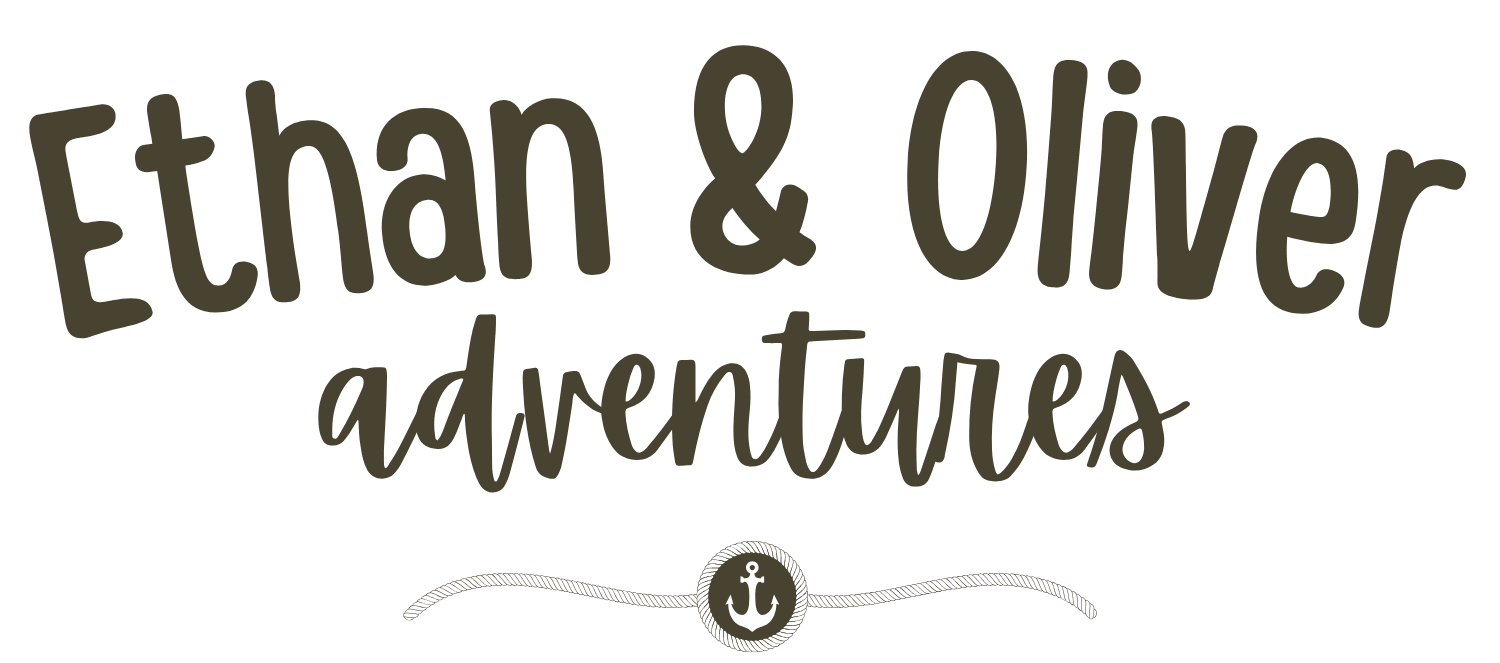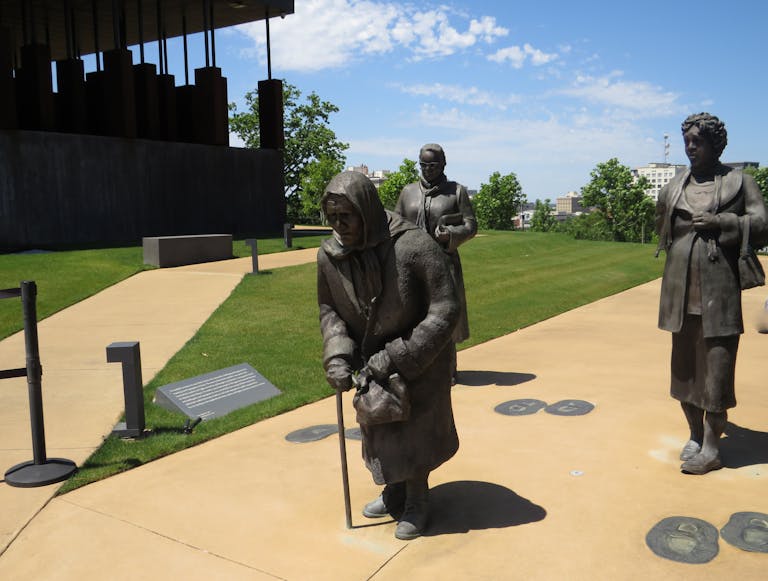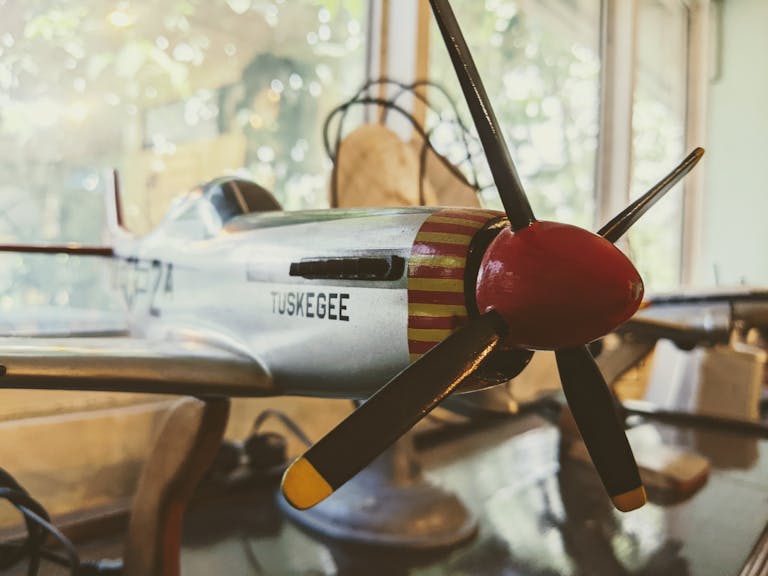The Military Rhythm Helping Us Parent and Learn with Purpose
Inspired by Mom’s Navy experience, we use this military rhythm to make everyday life—road trips, routines, and even toddler meltdowns—a little more intentional.
Let’s be honest: parenting can feel a lot like running a ship.
There are a million moving parts, unexpected storms, and a never-ending list of decisions. You’re juggling logistics, emotions, schedules, snacks—and somehow trying to make memories in the middle of it all.
That’s why we started using the military rhythm I learned during my time in the Navy:
a simple framework called PBED —
Plan. Brief. Execute. Debrief.
It’s how the military approaches every major mission.
And it turns out, it works just as well for any planning, Tuesday mornings when everyone’s lost a shoe, and yes—even toddler meltdowns.
But here’s the key: PBED isn’t rigid.
It’s a rhythm, not a rulebook.
It gives our family a shared language, a sense of calm, and a way to grow together—even when things go sideways (which they often do).
PBED in the Military
In the Navy and across other branches, PBED is used for high-stakes missions. It helps teams stay focused, adaptable, and always improving.
There’s also a daily companion to it: the POD (Plan of the Day).
This lists where to be and when to be there: everything from training schedules to taco night.
“Quarters at 0800 on the flight deck. Training at 1000 on the mess decks. Tacos for supper.”
- PBED = big picture mission planning
- POD = day-to-day structure
Together, they create a Battle Rhythm—a structure that keeps the crew moving forward, even in chaos.
As a lifelong list-maker (thanks to 20+ years of Navy training and still going), I’ve learned that having a framework brings peace. It turns scattered moments—and the 17 sticky notes I swore I’d remember—into something that actually works. Because let’s face it: parenting without a plan is basically just snack crumbs and confusion. PBED gives us a rhythm we can come back to, even when the wheels are coming off.
PBED in Real Life: Our Family’s Adventure Rhythm
We adapted PBED into something that works for everyday family life.
We call it Our Adventure Rhythm, and it shows up in every Ethan & Oliver story—and in our own life as we raise, teach, travel, and grow.
It’s how we stay curious, grounded, and connected.
Here’s what it looks like in practice:
PLAN — Pre-Trip Detective Work
Before we head out, we pause and prepare.
We learn about the state we’re visiting. We trace maps with our fingers, read local history, talk about the people who lived there, and imagine what we’ll find. It gets the kids excited as we count down the days and sets the stage for noticing things that matter.
“The more we know before we go, the more we (k)no(w)tice along the way.”
This part can be as simple as reading a book, watching a video, or pointing to a dot on the map—or reading a few pages of an Ethan & Oliver Adventure.
BRIEF — Backseat Briefings
Right before we arrive at a stop, we do a quick “mission briefing.”
It’s really just a short conversation:
- What happened here?
- What should we look for?
- What questions do we want to ask?
(And yes—there are almost always snacks.)
This step helps the kids tune in instead of tune out. They feel like part of the story, not just along for the ride.
EXECUTE — Explore Mode: Activated
Now it’s go time.
We climb, walk, paddle, hike, ask questions, and follow our curiosity. Sometimes the plan changes. Sometimes someone gets muddy. But that’s all part of the process.
PBED leaves room for real life.
It gives us structure, but reminds us to hold it loosely. This is where the memories are made.
DEBRIEF — Notebooking Our Day
At the end of each day, our goal is to pause and reflect.
We write, draw, and talk about what we saw, felt, and learned.
Some days we dive deep into history.
Other days, we just talk about the best snack or the weirdest animal we saw.
And honestly? If that’s the thing they remember in 15 years—the silly snack or the muddy trail—we’re okay with that. It still becomes a shared memory we can all laugh about.
The debrief might happen around the supper table, on the patio of a hotel, in the back seat, or whispered in a bedtime prayer.
It’s in these quiet, reflective moments that the learning sticks—and the memories settle deep.
And no, the kids won’t always want to notebook. That’s okay.
But we still create the space—for their sake and ours.
Why It Works (and Why It’s in Every Ethan & Oliver Book)
PBED gives your family a rhythm.
Not a rigid checklist—but a flexible, faith-filled framework for living with intention.
It creates space to:
- Prepare well
- Communicate clearly
- Explore fully
- Reflect meaningfully
Turns road trips into something more.
And it helps our kids learn how to process the world—not just pass through it.
Lastly, here’s the thing: whether your kids thrive on math workbooks or want to be future park rangers, these shared rhythms give them a foundation. If you’re home educating, summer traveling, or simply living life with little ones—teach the basics (reading, writing, and arithmetic), and plant seeds for everything else.
In every Ethan & Oliver Adventure, you’ll find this rhythm woven into the pages.
It’s not a lesson in military structure.
It’s an invitation—to slow down, ask questions, and notice God’s fingerprints in every mile.
So no—it’s not just a kids’ book.
It’s a blueprint for meaningful adventure.
A rhythm for busy families.
A new way to approach life together.
And it all starts with four little steps:
Plan. Brief. Execute. Debrief.






As a former Program and Project manager, I love taking what I learned throughout my career and applying that to motherhood. I love that you’re doing the same, so cool! Isn’t it crazy how much they actually prepare us for our parenting journey?
Amazing.. love this rhythm, thanks for sharing this.